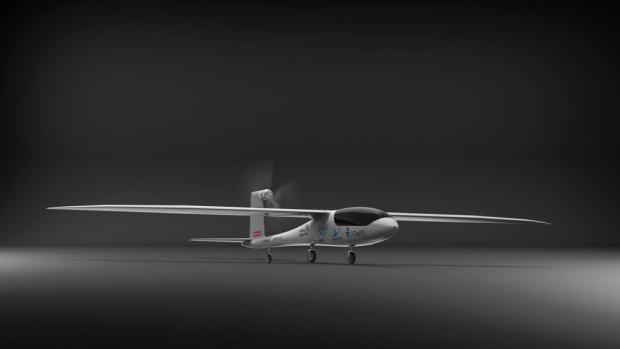
Breaking News
 Chairman Rand Paul Releases New Report Revealing Hundreds of Billions...
Chairman Rand Paul Releases New Report Revealing Hundreds of Billions...
 Get Schiffty Music Video | Rick and Morty | Adult Swim
Get Schiffty Music Video | Rick and Morty | Adult Swim
 Astrophysicist Dr. Willie Soon reminds us that "CO2 is the gas of life"...
Astrophysicist Dr. Willie Soon reminds us that "CO2 is the gas of life"...
Top Tech News
 This tiny dev board is packed with features for ambitious makers
This tiny dev board is packed with features for ambitious makers
 Scientists Discover Gel to Regrow Tooth Enamel
Scientists Discover Gel to Regrow Tooth Enamel
 Vitamin C and Dandelion Root Killing Cancer Cells -- as Former CDC Director Calls for COVID-19...
Vitamin C and Dandelion Root Killing Cancer Cells -- as Former CDC Director Calls for COVID-19...
 Galactic Brain: US firm plans space-based data centers, power grid to challenge China
Galactic Brain: US firm plans space-based data centers, power grid to challenge China
 A microbial cleanup for glyphosate just earned a patent. Here's why that matters
A microbial cleanup for glyphosate just earned a patent. Here's why that matters
 Japan Breaks Internet Speed Record with 5 Million Times Faster Data Transfer
Japan Breaks Internet Speed Record with 5 Million Times Faster Data Transfer
 Advanced Propulsion Resources Part 1 of 2
Advanced Propulsion Resources Part 1 of 2
 PulsarFusion a forward-thinking UK aerospace company, is pushing the boundaries of space travel...
PulsarFusion a forward-thinking UK aerospace company, is pushing the boundaries of space travel...
 Dinky little laser box throws big-screen entertainment from inches away
Dinky little laser box throws big-screen entertainment from inches away
 'World's first' sodium-ion flashlight shines bright even at -40 ºF
'World's first' sodium-ion flashlight shines bright even at -40 ºF
AeroDelft's Phoenix rising as the world's first liquid-hydrogen aircraft

But the biggest planes are the biggest emitters, and to eliminate emissions from long-range airliners, compressed gas hydrogen systems – which offer about half the range of an equivalent jet fuel powertrain – will never be able to do the trick. For that, we're going to need liquid hydrogen systems.
Liquid hydrogen systems can store upwards of three times the energy by weight of a gaseous system, meaning that a large-scale liquid hydrogen airliner could conceivably fly farther than today's fossil burners.
It's not quite that simple. Liquid hydrogen has terrific energy density by weight, but terrible density by volume, so you'd need to design your aircraft with significantly more fuel storage space and potentially deal with additional drag as a result. But it may be one of the only clean fuel technologies that can get zero-emission intercontinental airliners into mainstream use in the medium term.
All of which makes this pioneering work from AeroDelft very exciting indeed. A team of 44 students from TU Delft in the Netherlands has been beavering away on the "world's first liquid hydrogen fuel cell aircraft," and has now presented a 1/3-scale prototype that is scheduled for its first public flight this July.
The Phoenix will be a hydrogen-retrofitted version of the two-seat e-Genius electric glider, developed at the University of Stuttgart and first flown in 2011. The e-Genius has flown over 400 km (250 miles) in its record-breaking history on battery power alone. It can get around 1,000 km (620 miles) using a petrol-powered range extender. The full-sized Phoenix will carry 10 kg of liquid hydrogen, with an estimated range of 2,000 km (1,240 miles) and an endurance up to 10 hours in the air.

 Fireballs are coming
Fireballs are coming

